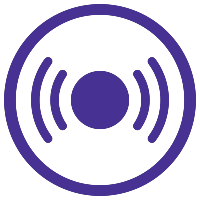P-IE
Section Symposium
We Stink Too! Brown Marmorated Stink Bug Research from Early Career Professionals
8: Exploiting stink bug migration: The intersection of chemical, physical, and behavioral control methods
Tuesday, November 17, 2020
3:15 PM - 3:35 PM EST

Adrian Marshall
Wenatchee, WA
- JH
James Hepler
Washington State University
Wenatchee, Washington 
Elizabeth H. Beers
Washington State University
Wenatchee, Washington
Presenting Author(s)
Co-Author(s)
Over the past two decades stink bugs have become an increasing concern for many growers due to changing management strategies, and the introduction of a highly polyphagous invasive species. Their polyphagous nature and ability to move from native vegetation to crops or between crop types as food resource availability changes makes stink bugs a particularly difficult pest to manage. The use of netting to protect tree fruit has been in practice for over fifty years, and it has been shown that when netting is installed as a complete enclosure structure it reduces stink bug abundance in orchard systems. In recent years, insecticide-impregnated netting, known as long lasting insecticide netting (LLIN), has been developed for control of mosquitos and stable flies. Current research focuses on utilizing shade netting and LLIN to develop IPM tactics for agricultural pests, specifically the brown marmorated stink bug (Halyomorpha halys Stål)(BMSB). In Washington State, Dr. Beers and her students are testing the utility of LLIN in a novel trap design for BMSB monitoring, as a BMSB attract-and-kill strategy, and in combination with shade netting as a barrier to prevent native stink bug migration into orchards.

